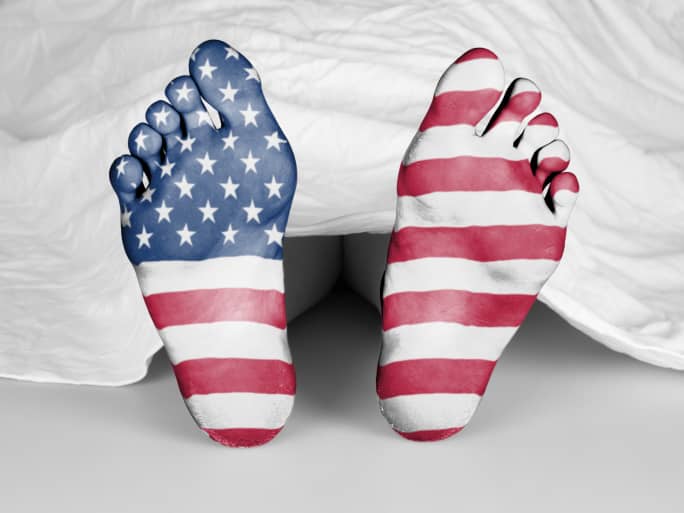Posted on

Washington Post contributor Eugene Volokh finds “zero” correlation between state-level gun laws and the death rate, including murders in which firearms have been used.
After looking at data on all manner of gun-related deaths and comparing that with the laws that attempt to affect access to firearms, Volokh found there’s simply no way to demonstrate that each state’s varyingly stringent laws have any positive effect on rate at which people are murdered by gun-wielding bad guys.
Volokh does what so many lazy writers don’t: He looks deeper into the data to see what it’s really saying. Here he is explaining how he came up with the criteria for his refined survey:
[I]f we do look now at correlation, it seems to me that the key question should focus on state total homicide rates, or perhaps (for reasons I describe below) total intentional homicide plus accidental gun death rates. And it turns out that there is essentially zero correlation between these numbers and state gun laws.
To begin with, here’s why I focus on total homicide, rather than gun homicide or all gun deaths. First, few people care much about whether they are stabbed to death or shot to death. And even if gun restrictions do decrease gun homicides, that effect may well be offset (or more than offset) by an increase in other homicides:
- Some killers would kill with knives or other weapons instead of guns.
- To the extent that today some attempted killings are stopped by defenders who have guns, those attempts might succeed if the guns become harder enough for defenders to get.
- To the extent that today some potential killings (or attempted robberies, rapes, or burglaries that lead to killings) are deterred by attackers’ fear of running into a gun, it might be that fewer will be deterred if guns become harder enough for defenders to get.
If — put together — these effects mean that tighter gun laws will mean 100 fewer gun homicides in a state but 100 more homicides with knives or other weapons, the net result would hardly be a gun law success.
Using 2012 data from the Department of Justice, he goes on to examine the homicide rate per 100,000 people and compares that with the pro-gun control Brady Campaign’s state-by-state gun law “grades” (a high grade means a state has very restrictive gun laws).
What Volokh found was that states that scored high in the Brady Campaign’s book didn’t fare any better than their more gun-friendly counterparts — all those states that received Fs for not doing enough to keep guns away from people.
“The correlation between the homicide rate and Brady score in all 51 jurisdictions is +.032 (on a scale of -1 to +1), which means that states with more gun restrictions on average have very slightly higher homicide rates, though the tendency is so small as to be essentially zero,” he explained.
You can view some charts and graphs that plot his findings here. There’s even an Excel spreadsheet for those who want to play with the data set.
“Figuring out the actual effect of government actions, whether gun laws, changed policing rules, drug laws, or anything else, is devilishly difficult,” he concludes.
“But since people have been talking about simple two-variable correlations between gun laws and crime, I thought it would be helpful to note this correlation — or, rather, absence of correlation.”
Original article can be viewed here
ADVERTISEMENT
ADVERTISEMENT



You must be logged in to post a comment Login